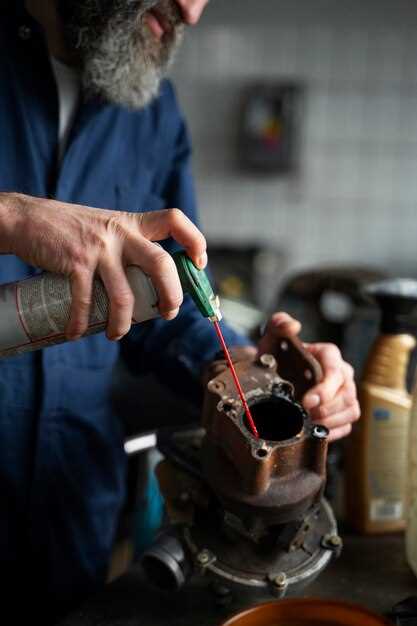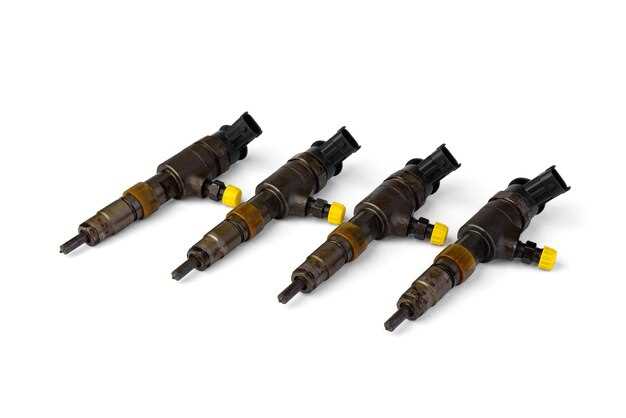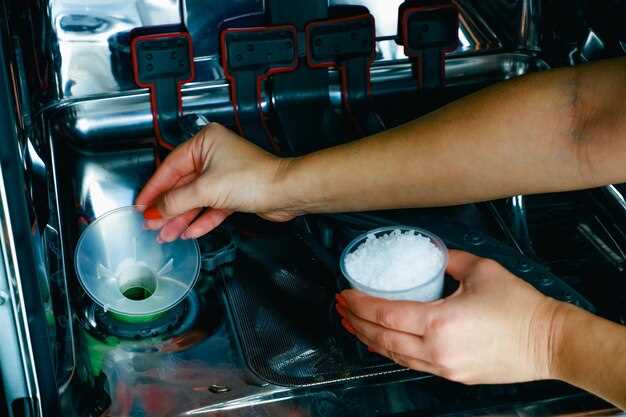
How to Clean Your Fuel Injectors
- Arthur Rodriquez
- 0
- Posted on

Fuel injectors are crucial components of modern engines, responsible for delivering the precise amount of fuel to the combustion chamber. Over time, these injectors can become clogged with carbon deposits and other contaminants, which can significantly hinder engine performance. Regular cleaning is essential to ensure that your fuel injectors operate efficiently and effectively.
Understanding the Importance of Cleaning
Cleaning your fuel injectors not only helps in maintaining optimal engine performance but also promotes better fuel efficiency. When injectors are clogged, the balance of air and fuel can be disrupted, leading to rough idling, poor acceleration, and increased emissions. In this guide, we will explore various methods for cleaning fuel injectors, allowing you to choose the best approach for your vehicle.
Methods of Cleaning Fuel Injectors
There are several techniques to effectively clean fuel injectors, ranging from chemical cleaning solutions to ultrasonic cleaning methods. Each technique has its own advantages and is suited for different situations. By understanding these methods, you can make an informed decision about the best way to restore your fuel injectors’ performance.
Step-by-Step Process for Manual Fuel Injector Cleaning

Cleaning fuel injectors is essential for maintaining optimal engine performance. Here’s a detailed guide on how to manually clean your fuel injectors.
- Gather Necessary Supplies:
- Fuel injector cleaning kit
- Compressed air source
- Safety goggles
- Fuel injector cleaner solution
- Wrenches and pliers
- Ensure Safety:
Wear safety goggles and work in a well-ventilated area. Disconnect the vehicle battery to prevent any electrical hazards.
- Remove the Fuel Injectors:
Access the fuel rail by removing any necessary engine components. Carefully disconnect the fuel lines and electrical connectors from the injectors.
- Prepare the Cleaning Solution:
Mix the fuel injector cleaning solution as per the manufacturer’s instructions. Pour it into the cleaning kit’s reservoir.
- Connect the Cleaning Kit:
Attach the cleaning kit to the fuel injectors. Ensure the connections are secure to prevent any leaks during the cleaning process.
- Start Cleaning Process:
Activate the cleaning kit according to the instructions. Allow the cleaning solution to flow through the injectors for the recommended duration.
- Use Compressed Air:
After the cleaning solution has passed through the injectors, use compressed air to blow out any remaining debris. Make sure to perform this step carefully to avoid damage.
- Inspect the Injectors:
Examine each injector for any signs of damage or clogs. Replace any malfunctioning injectors to ensure proper fuel delivery.
- Reinstall the Injectors:
Once cleaned and inspected, reinstall the injectors back into the fuel rail. Reconnect all electrical connectors and fuel lines securely.
- Reconnect the Battery and Test:
Reconnect the vehicle battery. Start the engine and monitor for any irregularities. Check for leaks around the injectors after cleaning.
Following this step-by-step process will help ensure your fuel injectors are clean, promoting better fuel efficiency and engine performance.
Choosing the Right Cleaning Solutions and Tools
When it comes to maintaining your vehicle’s performance, cleaning the fuel injectors is crucial. Selecting the appropriate cleaning solutions and tools is essential for effective cleaning without damaging the injectors.
Firstly, consider using specialized fuel injector cleaning fluids. These solutions are designed to break down carbon deposits and other contaminants that accumulate in the injectors over time. Choose a cleaning fluid that is compatible with your specific fuel system and follows the manufacturer’s recommendations.
In addition to cleaning fluids, you will need the right tools for the job. A fuel injector cleaning kit typically includes a canister for the cleaning solution, an adapter for connecting to the fuel rail, and various hoses. Ensure that the kit you select is compatible with your vehicle’s make and model, as improper connections can lead to leaks or additional damage.
Also, consider investing in a diagnostic tool that can monitor injector performance. This tool can help you assess whether the cleaning process has effectively restored the injectors’ functionality, providing real-time data on fuel flow and pressure.
Finally, always follow safety protocols when using cleaning solutions and tools. Wear gloves and goggles to protect yourself from harmful chemicals, and work in a well-ventilated area. Proper preparation will help ensure a safe and successful cleaning process for your fuel injectors.
Signs That Indicate You Need to Clean Your Fuel Injectors

Dirty fuel injectors can significantly impact your vehicle’s performance. One of the primary signs that you need to consider cleaning your fuel injectors is a decrease in fuel efficiency. If you notice that you’re filling up more frequently without any changes in driving habits, it may indicate that your injectors are clogged, affecting the proper fuel spray pattern.
Another indication is irregular engine performance. If your engine is misfiring or experiencing rough idling, it could be due to inconsistent fuel delivery caused by dirty injectors. This inconsistency can lead to noticeable vibrations and a lack of power during acceleration.
Additionally, if you detect unusual engine sounds, such as knocking or pinging, this could signify that your engine is not receiving the right amount of fuel. These sounds occur when the air-fuel mixture is off-balance, often resulting from blocked fuel injectors.
The presence of black smoke from the exhaust is another clear sign. This excess fuel, not properly atomized due to injector blockage, can cause incomplete combustion, leading to visible smoke and higher emissions.
Lastly, if you have not cleaned your fuel injectors in a long time, it is advisable to do so as a part of regular vehicle maintenance. Preventive cleaning can help maintain optimal performance and prolong the lifespan of your fuel system components.